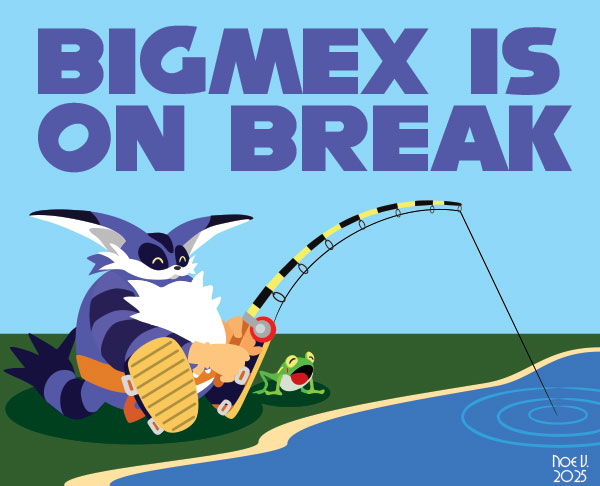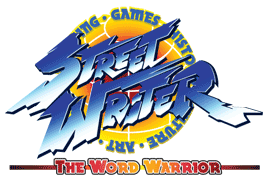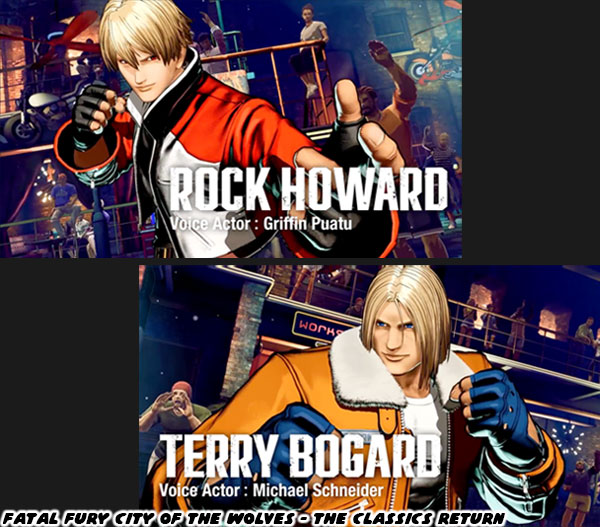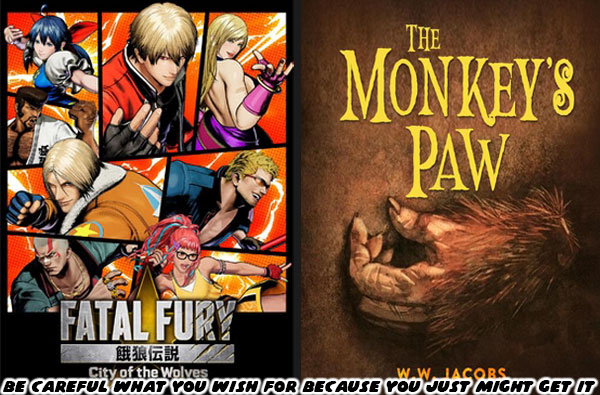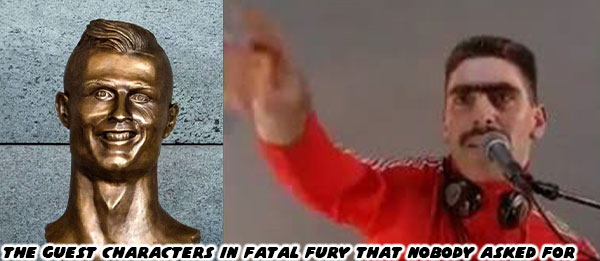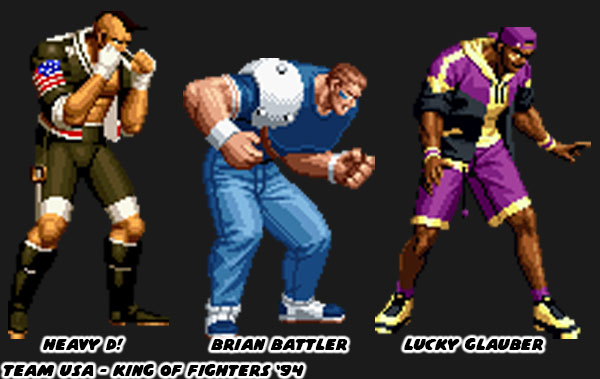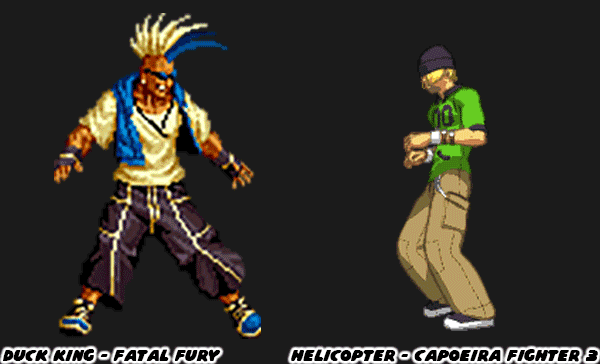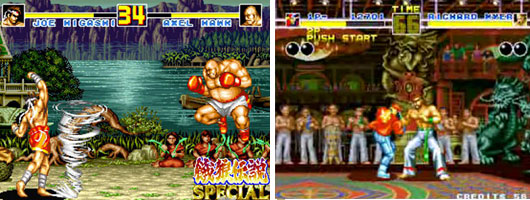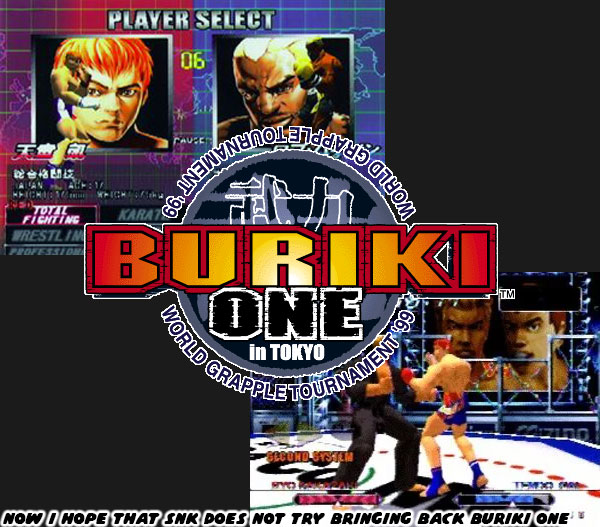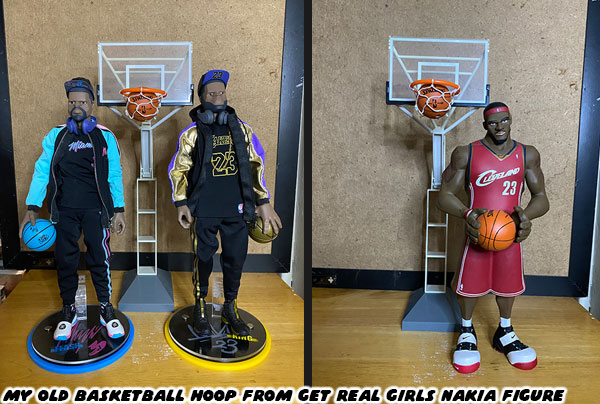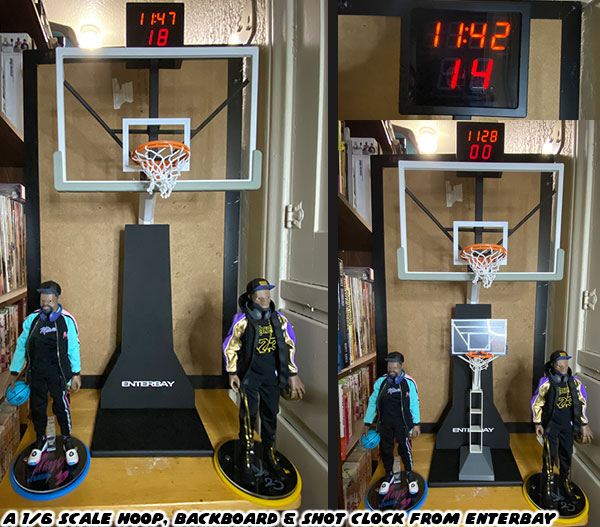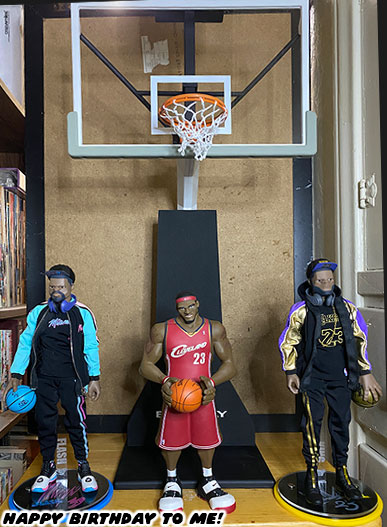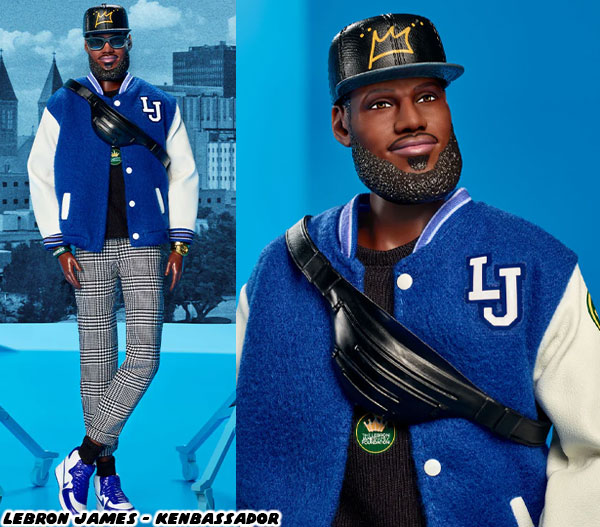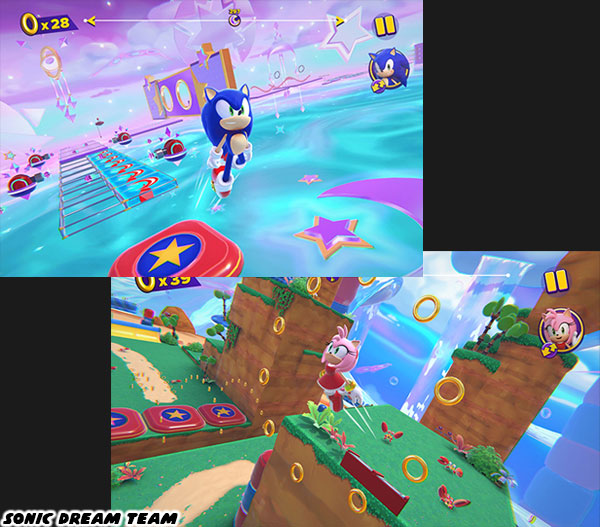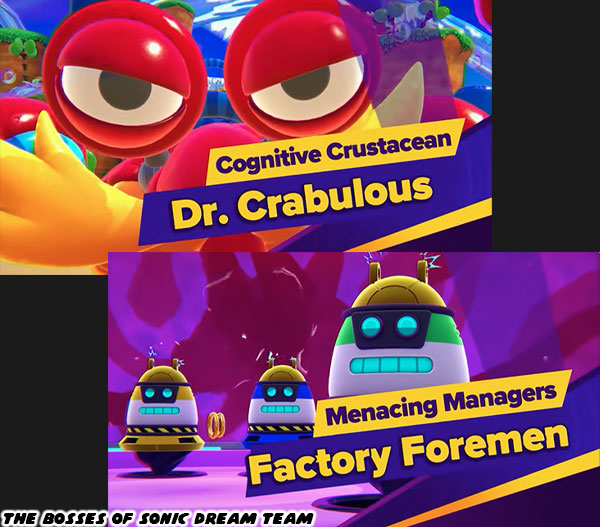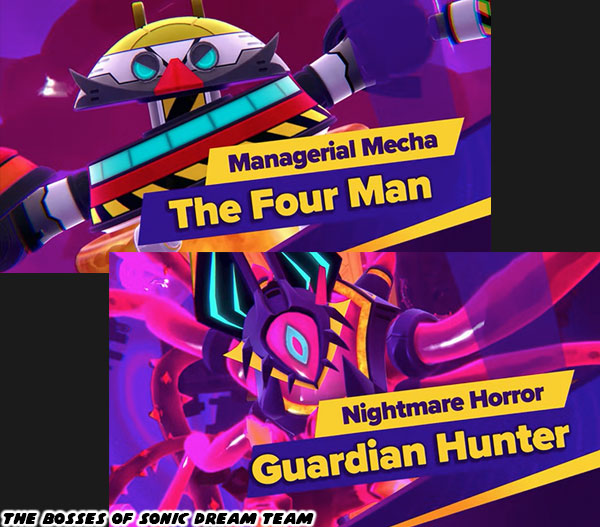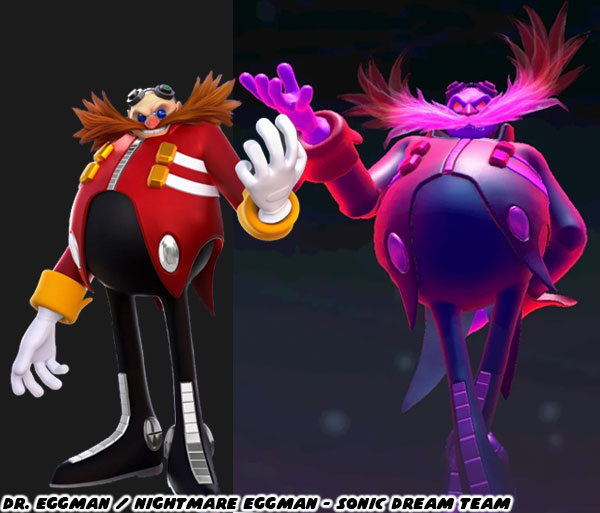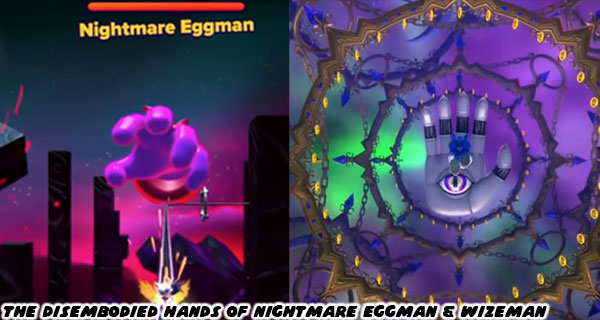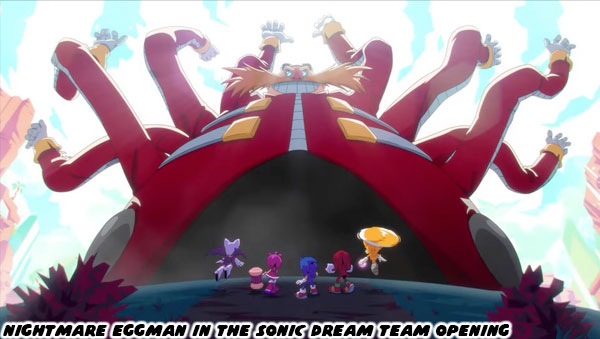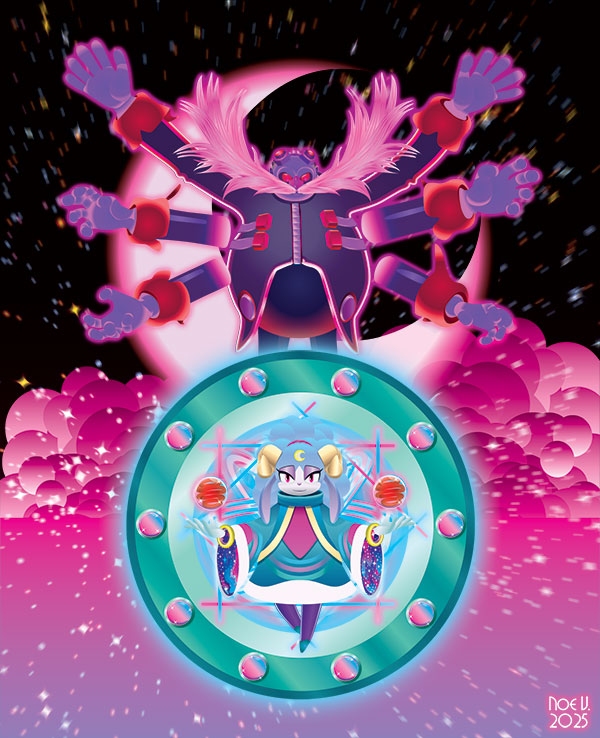In the previous blog I talked about how the 2013 game Sonic Lost World was the Sonic Team’s counter to Super Mario Galaxy series. There were a lot of fun ideas in the game, and unique elements that I thought should be revisited. Things like playing through floating satellite stages in all three dimensions, as well as crossing over the enemies, and game play from NiGHTS into dreams… These things were executed wonderfully. Unfortunately the game came out just before the Sonic Boom animated series, and games for the Nintendo 3DS, and Nintendo Wii U. Those introduced different play mechanics into the series. The subsequent games like Sonic Forces, Sonic Frontiers, and Sonic Mania further mixed up the formula, while trying to honor the Sonic Team legacy. The idea that we would ever circle back to the things that worked in Lost World seemed impossible.
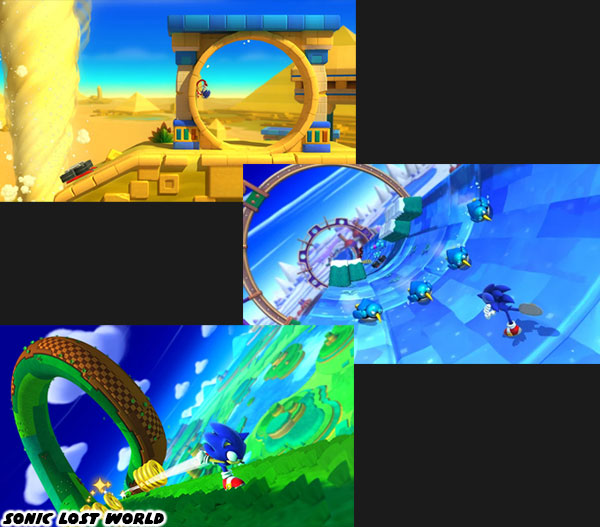
The entire time that Sega was experimenting with the Sonic mechanics on the consoles they were also publishing a series of mobile games as well. The most prolific of their developers were
HARDlight studios from England. They wrote the book on mobile Sonic gaming. Starting with Sonic Jump in 2005, then a slew of other hits over the next 20 years. You might have heard of, if not played one of the following; Sonic Jump Fever, Sonic Dash, Sonic Dash 2: Sonic Boom, Sonic Forces, Sonic Racing, Sonic Dash+, and Sonic Prime Dash. They also created mobile versions of other Sega classics including Crazy Taxi: City Rush, and ChuChu Rocket! Universe. It would be an understatement to say that the studio was familiar with Sonic. Multiple generations of developers outside of Japan had grown up on the franchise. They not only played the games, but they watched the animated shows, and followed along with the comic books as well. Each of the HARDlight games reflected the same things that made the Sonic Team titles work. The mobile games well received by critics, and audiences. This was no accident. They understood the characters on an individual level. They understood how the stages, or zones evolved through the years. They understood the dynamics of the heroes, and villains. Many times they seemed to know what to do with Sonic better than Sega themselves.
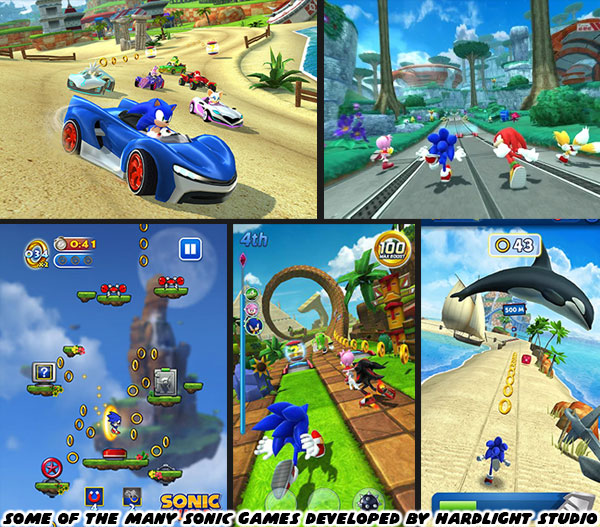
After 20 years there was no doubt that HARDlight were great at developing Sonic adaptations. The question was whether or not Sega would allow them to develop their own original Sonic title. That was answered at the end of 2023 when Sega published Sonic Dream Team for Apple Arcade. It would be one of the best games not developed by Sonic Team, DIMPS, or Headcannon. The bar for a franchise game was already high, if HARDlight flubbed it then they might not ever get another chance. I knew that their previous efforts were good, but wasn’t sure how a game designed mainly for mobile devices would work out. The plot itself was something new to the franchise. This time Sonic and his closest allies; Tails, Amy Rose, Knuckles, Rouge, and Cream would be going through a dream world. As a massive fan of NiGHTS into dreams… this announcement got my attention.
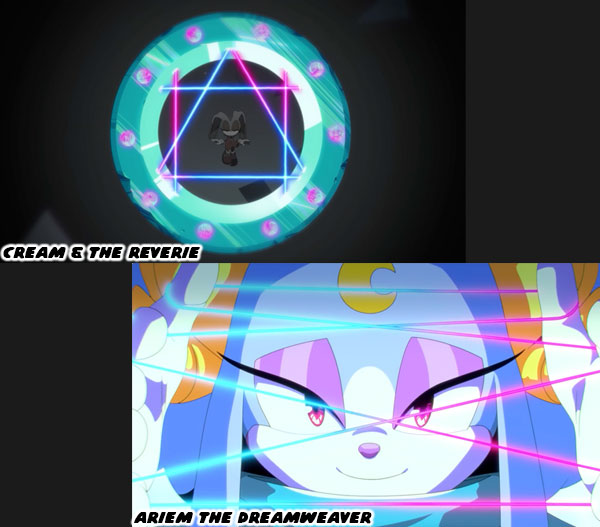
The game would introduce a new ally to the series, a magical sheep-like character named Ariem, as in
R.E.M. Sleep. She was called the Dreamweaver, the Guardian of the Reverie. The Reverie was central to the plot. It was a magical portal that allowed dreams to become reality. This portal would open once every 1000 years, but could only be accessed by a pure soul. Dr. Eggman kidnapped Cream the Rabbit, easily the most innocent soul in the cosmos. He created a device that could allow him to slip into the dreams of his victims. He intended on locking Cream out of her own mind so that he could command the Reverie. Dr. Eggman had always wanted to take over the world, if not the entire universe. He was a prolific inventor, and had come close to ruling over everything on many occasions. The idea that he could now instantly bring his twisted ambitions to life was terrifying. Thankfully when the game began his creations were still stuck in the dream world.
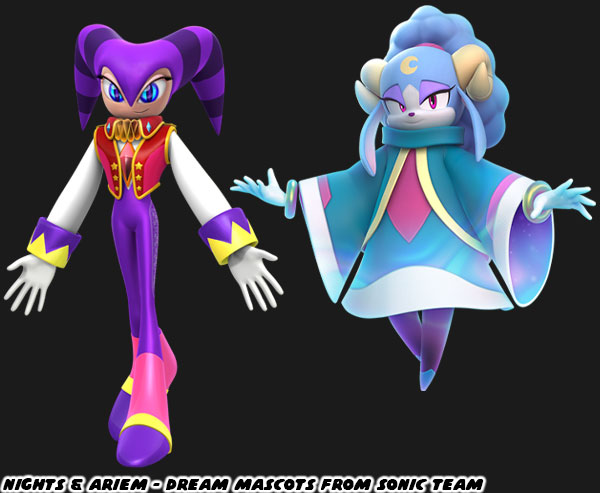
Once Dr. Eggman entered the dream world thanks to Cream he locked her away, and then went after Ariem. Sonic and his friends went searching for tiny rabbit. When they found her Dr. Eggman’s machines made them all fall asleep, and enter the dream world as well. This was explained
in the animated introduction. Ariem was able to reach Sonic in his mind. She explained what was happening, and that she needed his help to break them all out. Ariem could weave the dream worlds together using “Dream Orbs.” The missions in the game required you to get the orbs back to her. With them she could reunite Sonic with his friends, and ultimately banish Eggman from the Reverie. Looking at the character I couldn’t help but draw parallels between her, her powers, and NiGHTS. The plot in the older Sonic Team title was very similar. NiGHTS was trapped by the master of the dream world, a character called Wizeman. The only way that NiGHTS could escape his prison was by collecting Idea crystals from the human dreamers Elliot Edwards or Claris Sinclair.
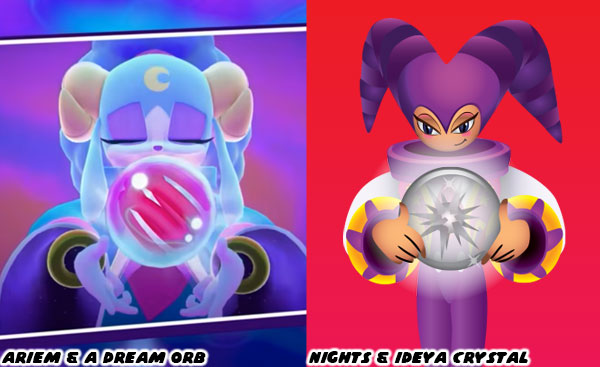
The stage designs were very much focused on continuous movement. Many of the stages was the type of multi-branching path design that was a speed runner's playground. They were filled with springs to connect elevated satellites, rails to grind on, and even halfpipes that Sonic could leap out from. It turned out that it was no accident. HARDlight had created a bunch of memorable running stages in their earlier mobile games. They knew how to balance the challenge of an endless runner, with the rewards of modern Sonic game play. If you’ve ever played through their Dash games, and fell into the rhythm of the stages then you knew that it felt like you could run forever. It was the feeling of entering a “flow state” that Sonic Dream Team perfected. This was one of the goals from HARDlight studio creative director Dan Rossati. In an interview with
Eurogamer he said “The vision was to make a game that allowed players to get into an exhilarating flow state. Early on, I was waving my hands around, emulating rollercoasters and halfpipes, while enthusiastically trying to communicate what I meant by flow," he said. "On top of that, we knew that we'd be catering to both touchscreen and controller, so the controls had to be as accessible as possible while allowing the player maximum control at high speeds."

He continued: "To achieve this, we considered skate parks and bobsled runs with rounded corners so you can easily transition from floor to wall, keeping your flow. We also added in the boost, which, if you find a good line through the levels, you should be able to chain them to get some amazingly fast run-throughs.” As I went through the game I picked up on the skatepark elements that Mr. Rossati had described. The stage designs reminded not only of the best elements of Sonic Lost World, but also of a much older Sega arcade game
called Top Skater. The further I went the more I saw that even
Jet Set Radio Future had a hand in shaping the freedom of movement that Dream Team presented. HARDlight absolutely nailed what made up the best Sega stages. They formed environments that helped direct players to a goal, while allowing them the sensation of continuous movement.
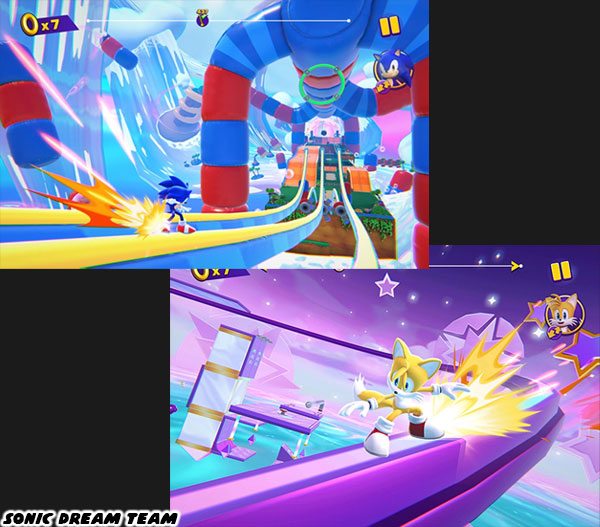
When the game began we found ourselves in the Scrambled Shores a dream world that was a mix of bouncy houses, and the beach. This was easily the types of things that a kid like Cream the Rabbit would dream about. As the stages progressed through the Dream Factory, Nightmare Maze, and Ego City we got to see more, and more of Dr. Eggman's corrupting influence into the universe. It was precisely the world building that I loved about the classic Sonic Team games. The more I played, the deeper I wanted to explore the world that HARDlight had created. The boss encounters themselves left me much more impressed than what I had experienced in Sonic Superstars. I want to talk about them on the next blog. Until then I’d like to know if you’ve ever played a mobile game that blew away any expectations. Tell me about it in the comments section. As always if you enjoyed this blog, and would like to sponsor me
please visit my Patreon page and consider donating each month, even as little as $1 would help make better blogs and even podcasts!
